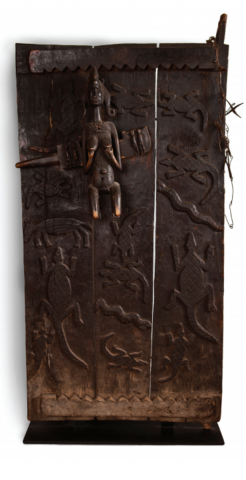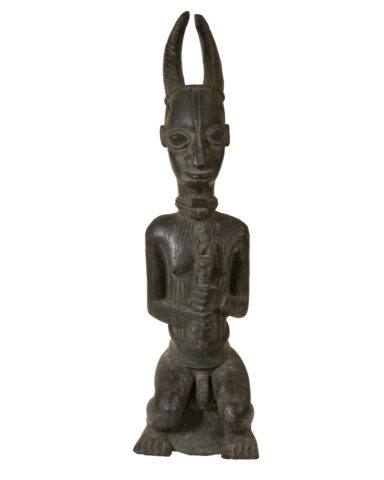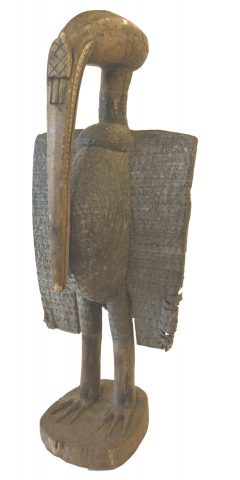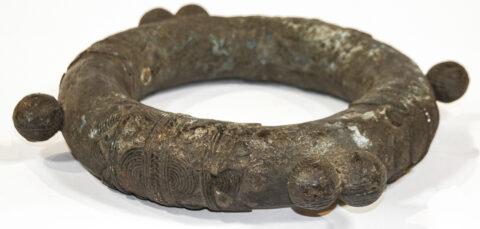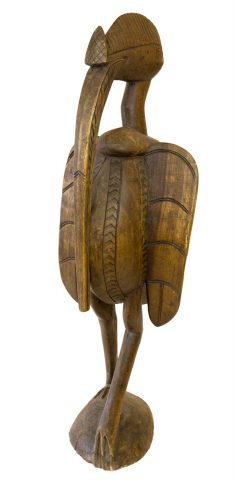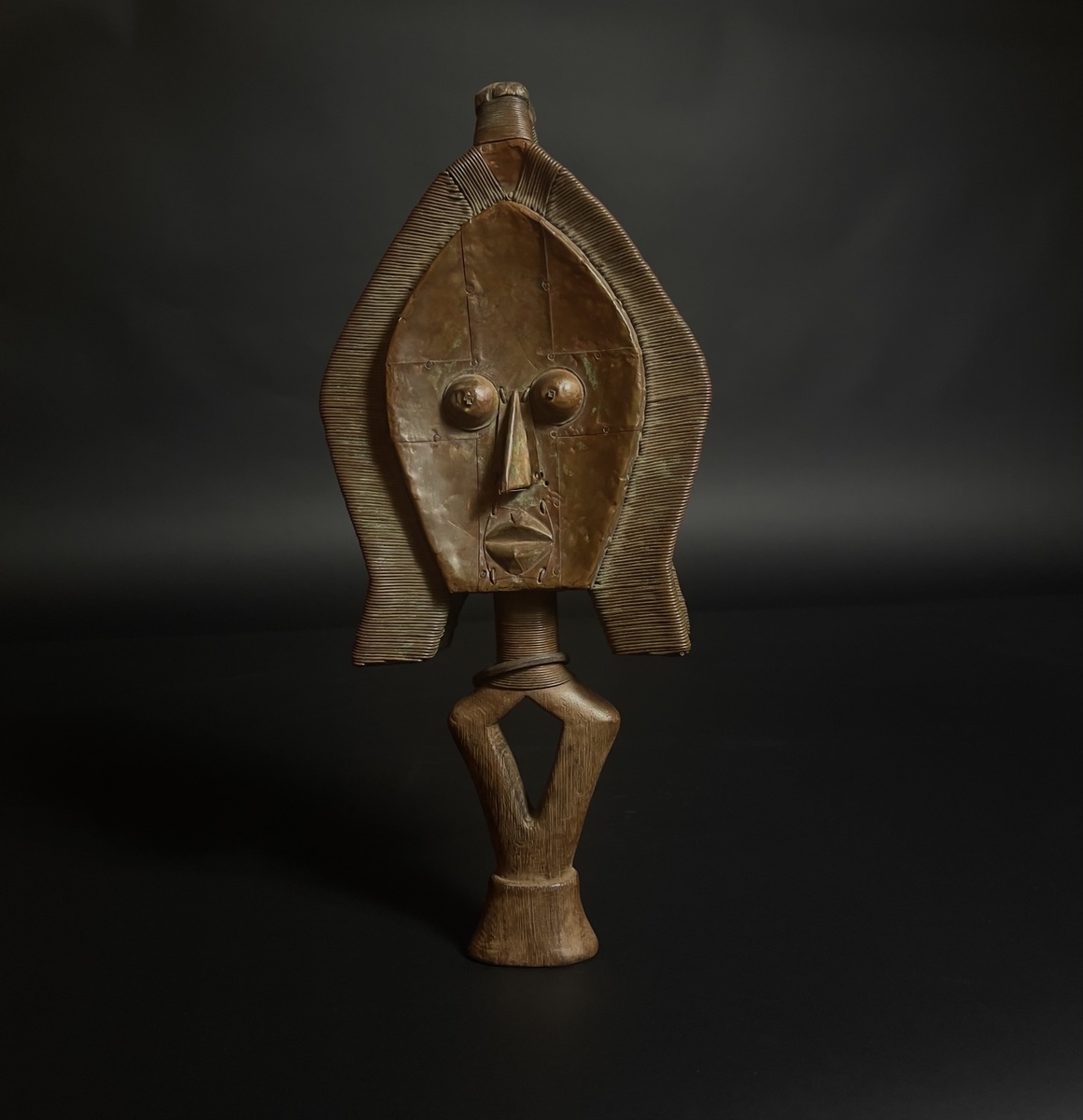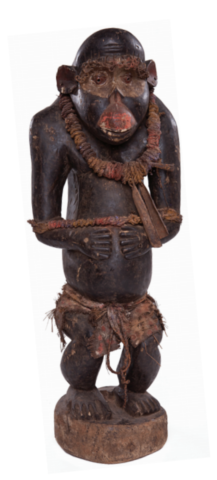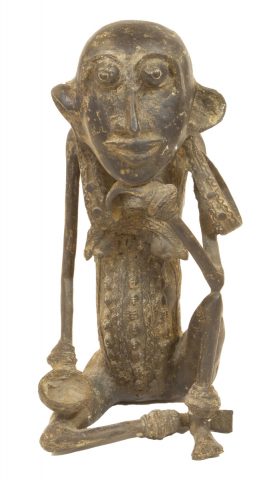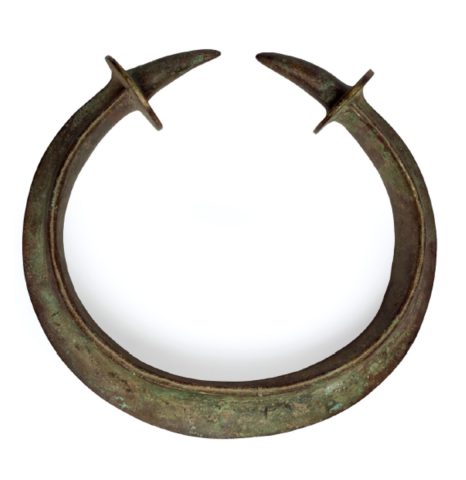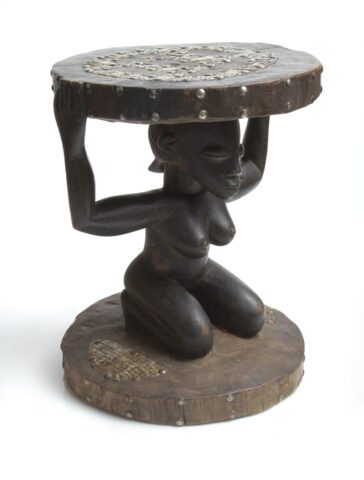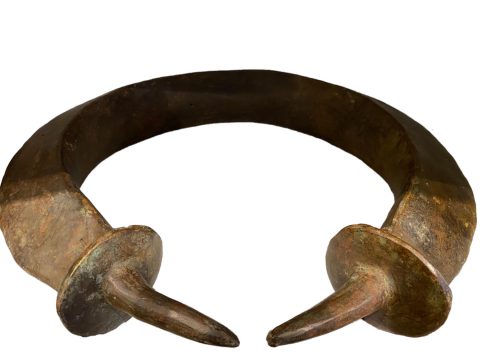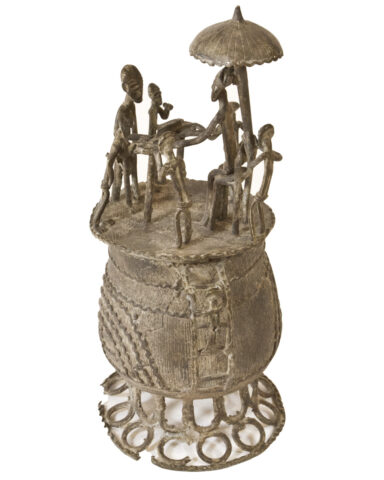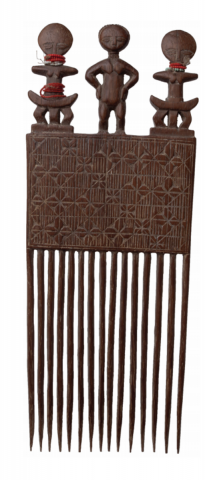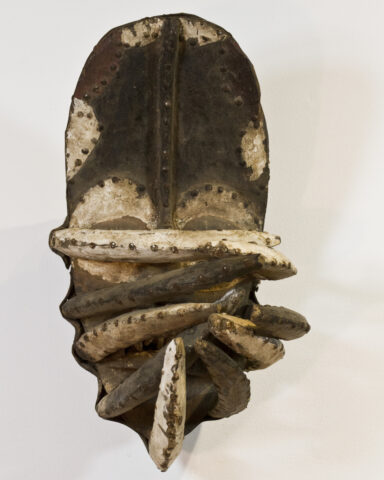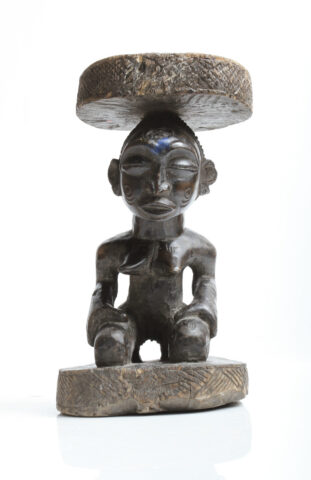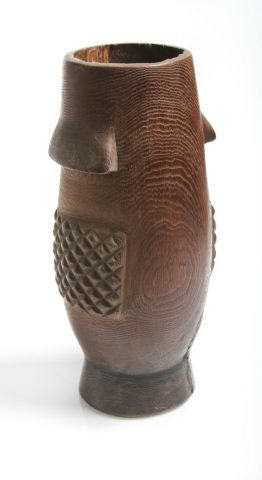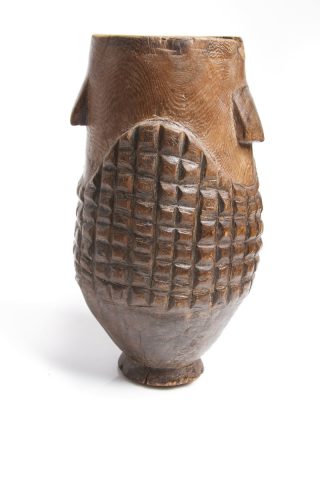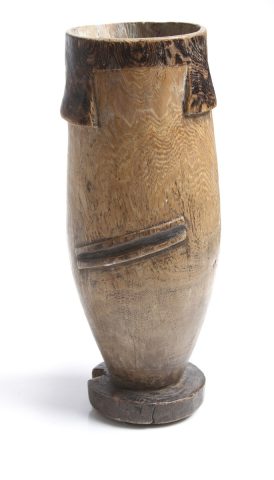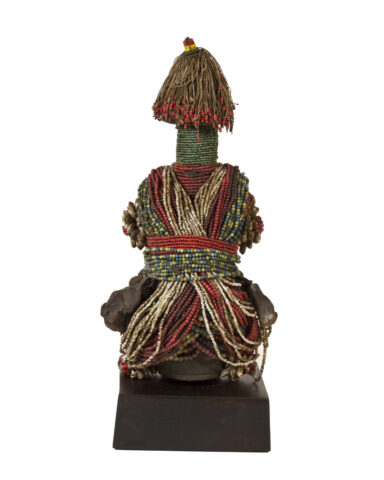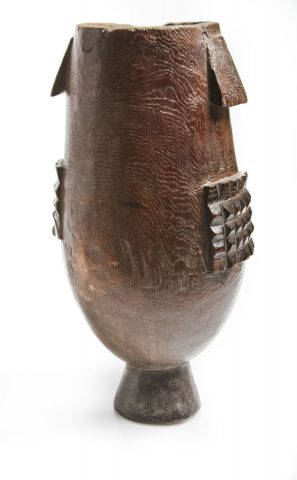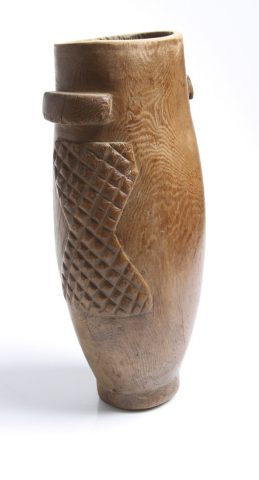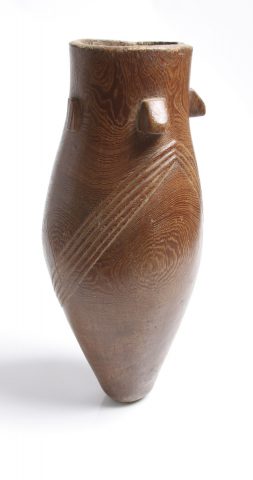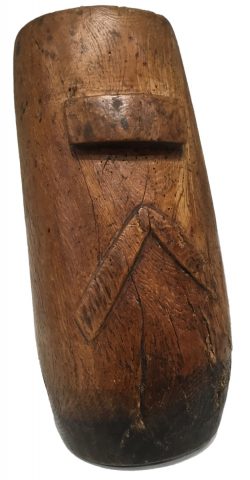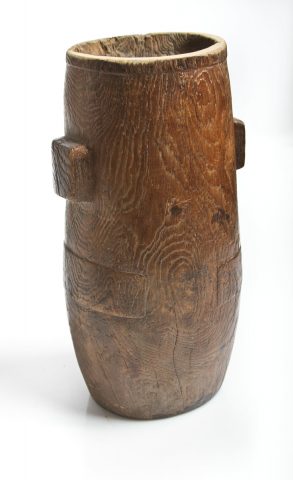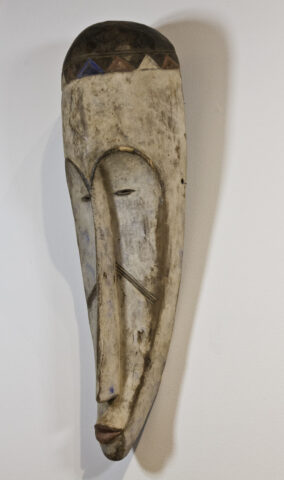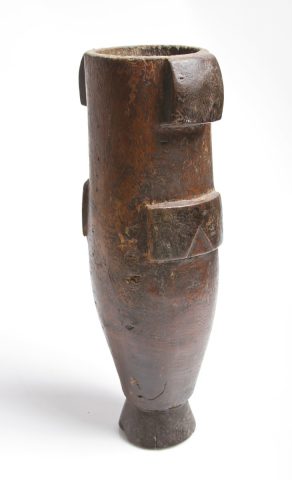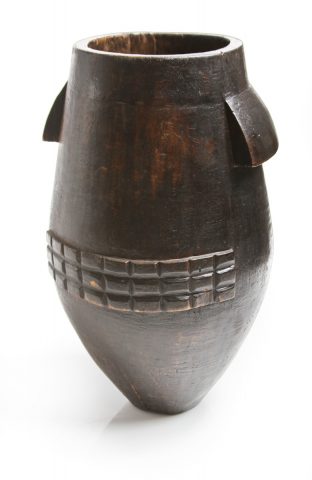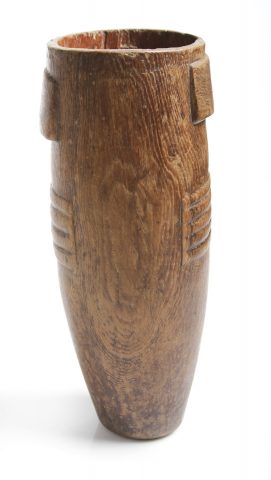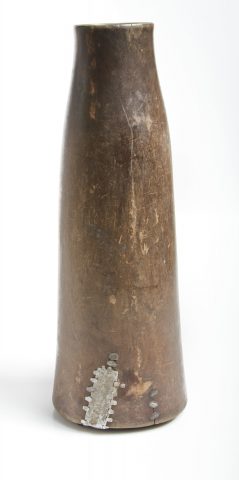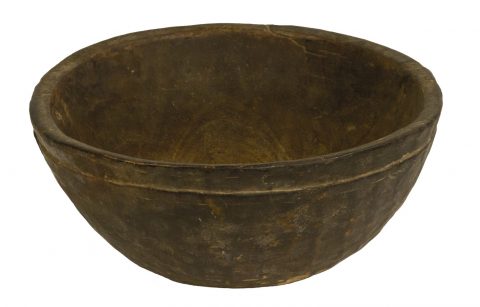Description
This exceptional hand-carved wooden mask, measuring 147 x 8 x 6.5 inches, is a rare and remarkable example of the unique artistic expression of the Dogon People of Mali. The mask’s striking two-meter vertical extension is adorned with staggered, triangulated holes and a row of contrasting vertical slats, adding to its impressive visual impact.
The Dogon Dama Tall Dance Mask is traditionally worn during Dogon dance performances, a ceremony reserved for male initiates into the Awa society. These ceremonies are integral to Dogon spiritual beliefs and serve as a rite of passage, marking the transition from childhood to adulthood.
The Dogon Dama Tall Dance Mask represents a spiritual ancestor and is believed to have the power to connect the living with the spiritual realm. It is a sacred object, created with great skill and attention to detail by the Dogon People of Mali.
The unique artistic tradition of the Dogon People has long captivated the attention of art collectors, scholars, and enthusiasts. The intricate and symbolic nature of their art, including their masks, sculptures, and textiles, has been recognized as a remarkable expression of African cultural heritage.
This Dogon Dama Tall Dance Mask is an exceptional and rare piece, embodying the spiritual and cultural significance of the Dogon People’s artistic expression. It represents a rare opportunity for discerning collectors to acquire an extraordinary work of art with exceptional cultural and historical significance.
In terms of similarities, all three traditions use art objects as a means of expressing religious and cultural beliefs. The Dogon Dama Masks, Christian Iconography, and Greek and Roman sculptures are all imbued with spiritual significance and used in religious and cultural ceremonies. Additionally, they all exhibit a high level of skill and craftsmanship, with intricate details and symbolism.
However, there are also significant differences between these traditions. Christian Iconography primarily focuses on representing religious figures, such as Jesus Christ, the Virgin Mary, and the saints. The purpose of Christian Iconography is to inspire devotion and deepen faith. Greek and Roman sculptures, on the other hand, typically represent mythological figures, historical events, or ideals of beauty and strength. They were often used for public display or as status symbols.
The Dogon Dama Masks tradition is unique in that it is used primarily in the context of initiation ceremonies for young men. The masks represent spiritual ancestors and are believed to connect the living with the spiritual realm. They are not designed for public display or veneration, but rather to be used in a specific cultural context.
Another significant difference is the role of individualism in each tradition. In Greek and Roman sculptures, there is a strong emphasis on portraying the individual in a realistic and idealized manner, often with a focus on physical beauty and perfection. In contrast, both the Christian Iconography and the Dogon Dama Masks place less emphasis on the individual and more on the spiritual or cultural significance of the object.



